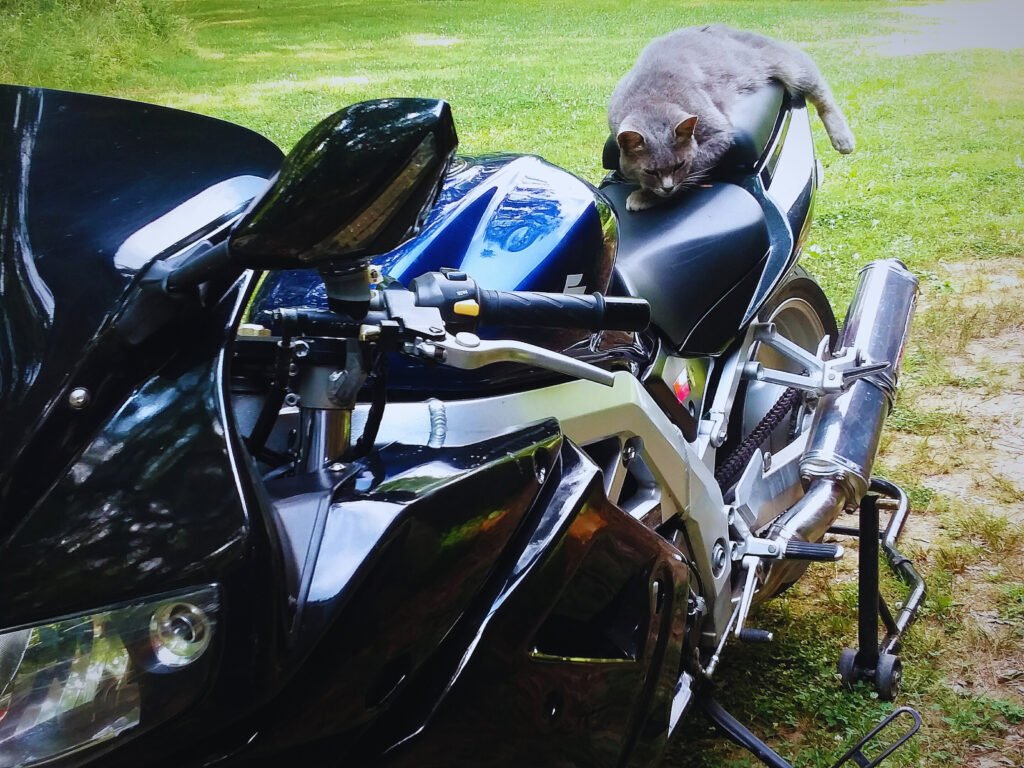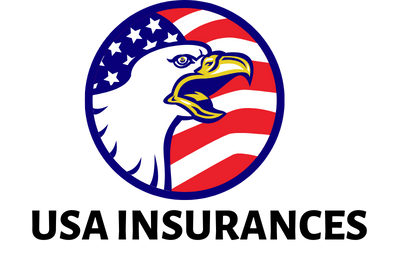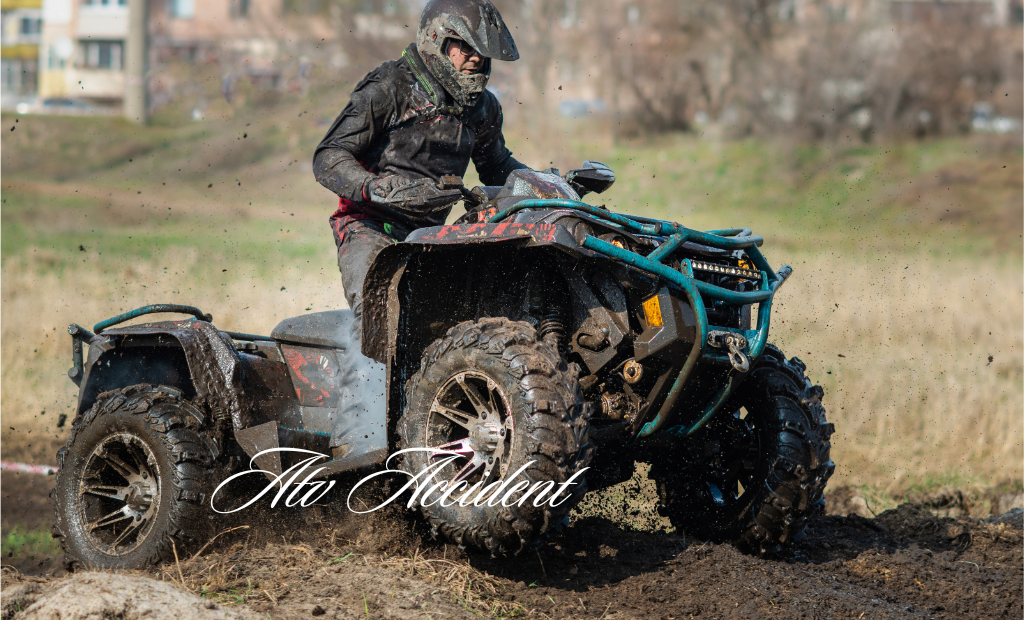Experiencing an ATV Accident can be daunting and stressful. However, this guide is a tool that equips you with the necessary knowledge and control during an ATV Accident. By taking immediate and decisive action, you can guarantee the well-being of all parties involved and handle the legal and medical consequences correctly. This comprehensive guide is your companion, helping you confidently navigate post-ATV accident actions.
Immediate actions at the scene
- Ensure Safety
- Look for immediate risks. These risks could include fire, gas leaks, or potential secondary accidents. Ensure the area is free of additional hazards or mishaps, such as moving vehicles or unstable ground.
- Turn off the ATV. To prevent any potential fires or further injuries, turn off the engine.
- Assess Injuries
- Self-assessment: Cover your body for injury, starting with vital areas like the head, neck, and back.
- Check Others: If possible, determine the conditions of other people involved in the accident too.
- Call for help.
- Emergency Services: Dial 911 to report the accident and solicit clinical help.
- Provide Information: Give precise details about your location, the number of injured individuals, and the severity of injuries.
- Provide first aid.
- Stabilize Injuries: If trained, provide basic first aid to help stabilize any severe injuries while waiting for emergency services.
- Avoid moving seriously injured people. Unless there is immediate danger, do not move individuals with suspected spinal injuries.
Collecting Information
- Document the scene.
- Take Photos: Use your phone to take pictures of the scene, including the ATV, injuries, and any visible property damage.
- Record Details: Keep track of the accident’s time, date, and location.
- Gather witness information.
- Names and Contact Details: Collect any observers’ identities and contact data for the mishap.
- Statements: Get brief statements from witnesses about what they saw.
- Exchange Information
- Other Parties: Exchange names, contact information, and insurance details with other individuals involved in the accident.
- Vehicle Information: Note the ATVs’ make, model, and registration number.
Reporting the accident
- Inform Authorities
- Police Report: If the accident involves serious injuries or significant property damage or is required by local laws, file a police report.
- Provide Accurate Information: Ensure all information provided to authorities is accurate and comprehensive.
- Notify your insurance company.
- Prompt Reporting: To report the accident.
- Provide Documentation: Please submit all collected documentation, including photos, witness information, and any medical reports.
Medical Follow-Up
- Seek medical attention.
- Immediate Checkup: If you can get a possible injury, no matter how small, please visit a doctor for a checkup.
- Follow the doctor’s advice: continue with the treatment and follow-ups as directed by your healthcare provider where you undergo treatment for diabetes.
- Document medical treatments.
- Keep Records: Keep up with nitty-gritty records of every clinical treatment, prescription, and related expense.
- Report Symptoms: Notify your doctor of any new or worsening symptoms immediately.
Legal Considerations
- Consult an attorney.
- Legal Advice: Consider consulting an individual physical issue lawyer, mainly if there are critical wounds or debates about fault.
- Preserve Evidence: An attorney can help you preserve your evidence and advise you on your legal rights and options.
- Understand Liability
- Determine Fault: Work with your attorney to understand the accident’s liability, which may affect insurance claims and potential legal action.
- State Laws: Recognize that state-specific liability laws can affect fault determination and claim processing.
Preventative Measures
- Safety Gear
- Helmet and Protective Clothing: Always ride the ATV with a helmet and gloves, a long-sleeve shirt, and other protective clothing and equipment as will be required.
- Proper Fit: Make sure all necessary protective equipment is in its size and a satisfactory state.
- ATV Maintenance
- Regular Inspections: Check your ATV regularly for mechanical problems or necessary repairs.
- Follow Manufacturer Guidelines: Stick to the upkeep plan and guidelines the ATV manufacturer provides.
- Safe Riding Practices
- Training and Experience: Take an ATV safety course to learn proper handling and safety techniques.
- Ride Within Limits: Know your limits and ride at speeds and terrain appropriate for your skill level.
- Environmental Awareness
- Riding advice: as a cyclist, try to know the field and possible risks beforehand.
- Weather Conditions: Do not go for a ride when the atmospheric conditions are not favorable; accidents may occur.
Insurance and financial considerations
- Review your insurance policy.
- Coverage Details: Know what components of your ATV insurance policy are covered, including liability, collision, and medical payment.
- Claims Process: Be aware of the interaction for case recording and the required documentation.
- Document Financial Impact
- Track expenses: Make sure all the accident-related expenses including those on the hospital, the automobile, and any lost income from not being able to report to work are recorded.
- Coverage for insurance: To be more effective, compile all of your receipts and forward them to your insurance company to start asking for your reimbursement.

Psychological and emotional support
- Mental health awareness
- Recognize Stress and Anxiety: Be aware that stress, anxiety, or even trauma is quite common after an accident has occurred.
- Seek Help: If necessary, consult mental health specialists; do not avoid them at all.
- Support Networks
- Family and Friends: During recovery, lean on family and friends for emotional support.
- Support Groups: If you’ve had similar accidents, consider joining support groups.
Long-Term Considerations
- Follow-Up Medical Care
- Continued Monitoring: To track recovery progress, maintain regular check-ups with your healthcare provider.
- Adjustments: Be open to changing treatment plans as you recover.
- Legal Follow-Up
- Ongoing Legal Advice: When necessary, seek legal advice, especially when dealing with long-term disabilities or ongoing disputes.
- Case Updates: Keep informed about the status of any legal cases or insurance claims.
- Review safety practices.
- Evaluate Riding Habits: After an accident, consider how changes in riding behavior can help prevent the same event from recurring.
- Safety Refresher: To ensure that the knowledge about ATV safety is updated occasionally, take ATV safety refresher courses.
Conclusion
This article helps to understand that an ATV accident is a severe life-altering event; however, it describes how one can avoid ramifications in case of an accident. After the above-mentioned means, you can be sure that you properly attend to all issues on the spot, recover from the physical and emotional impact, and independently deal with legal and financial ramifications. Prioritizing safety and staying informed about best practices can help prevent future mishaps and promote a more secure riding experience.




